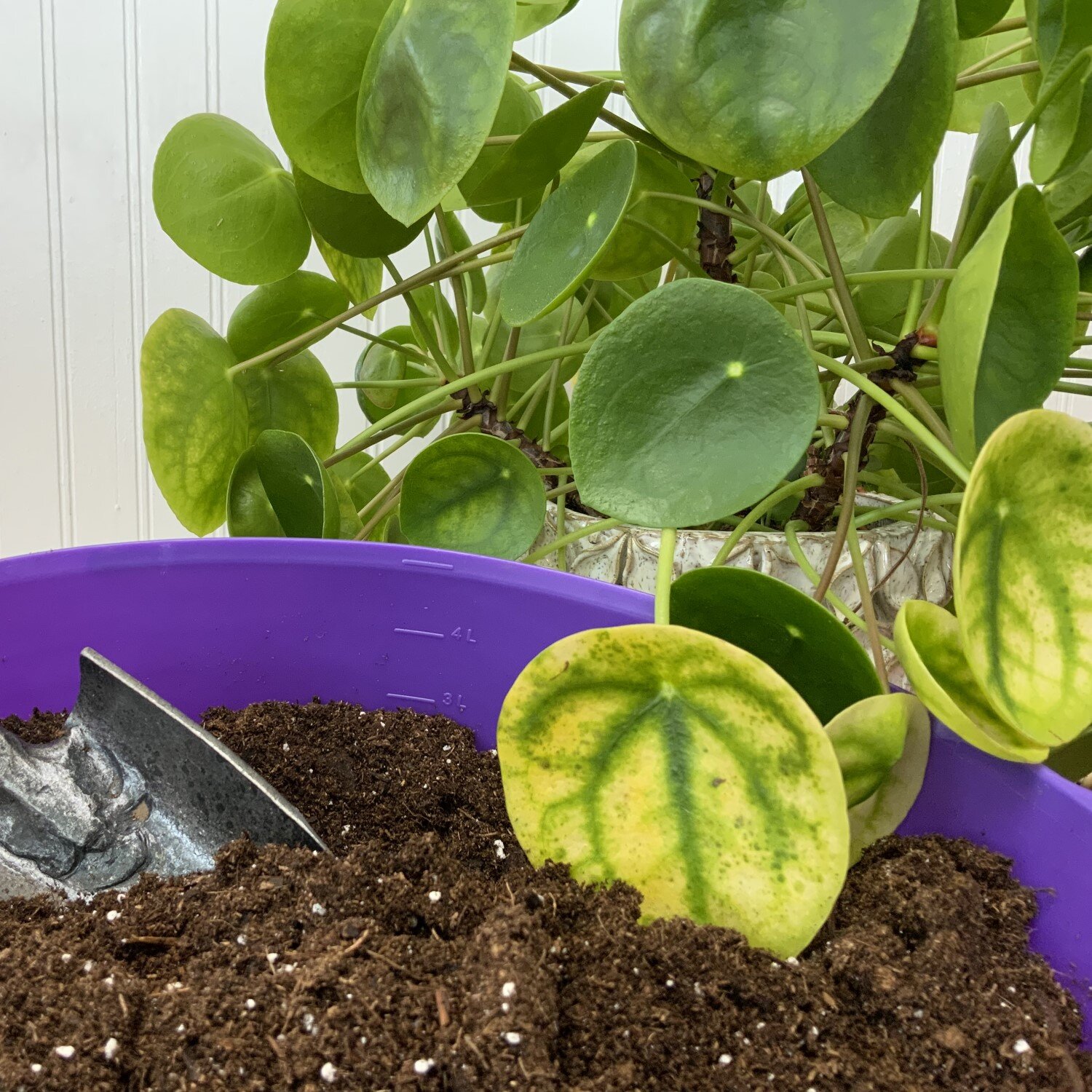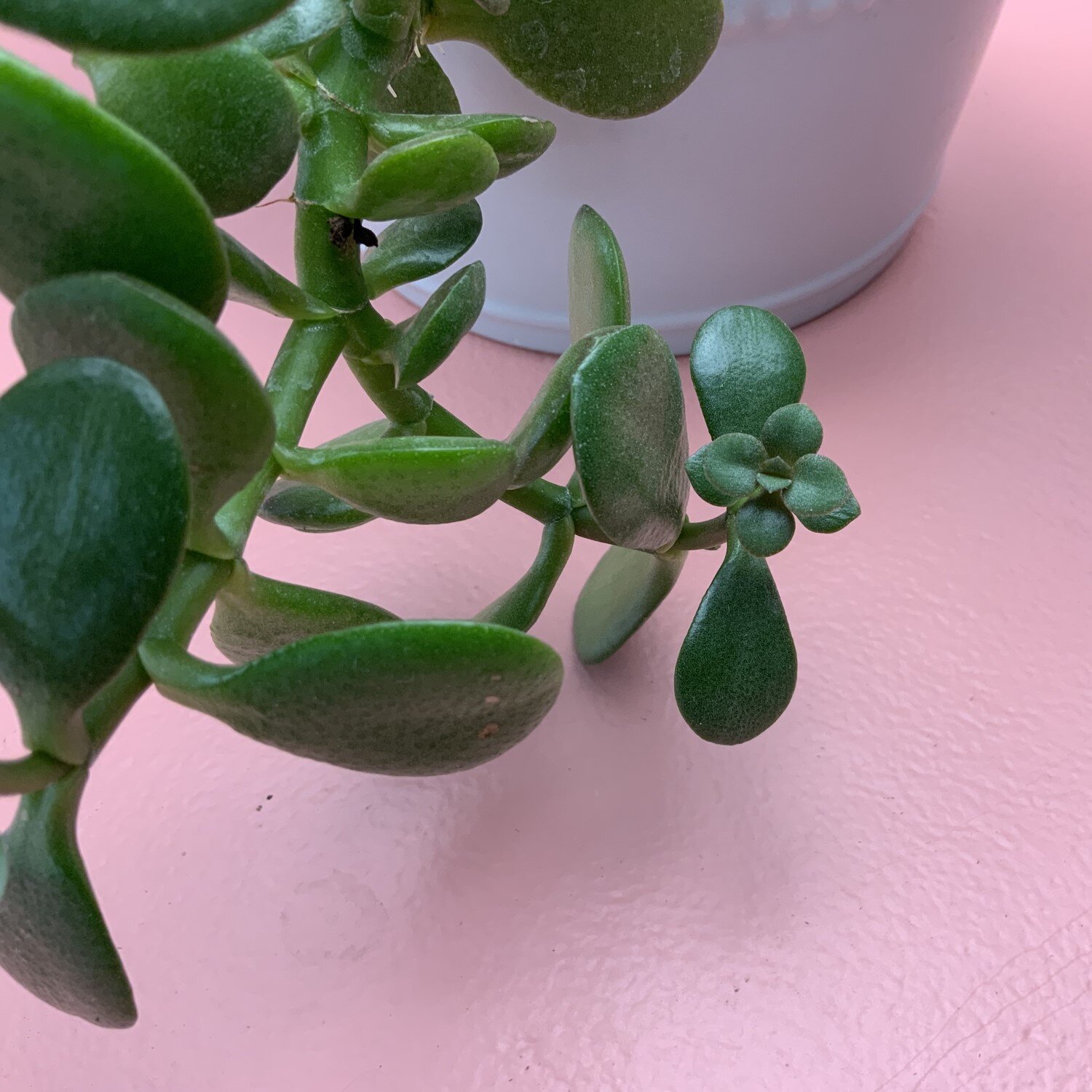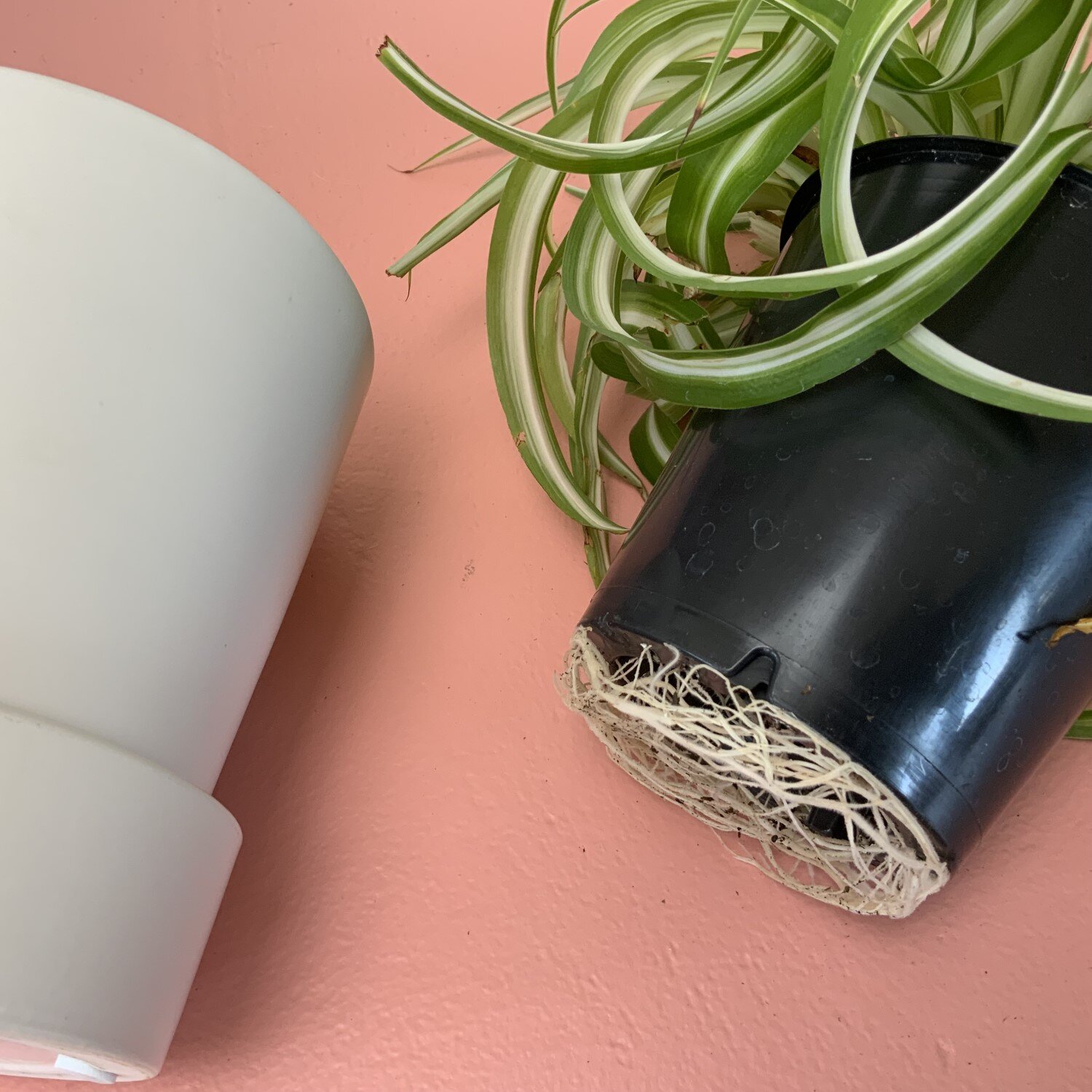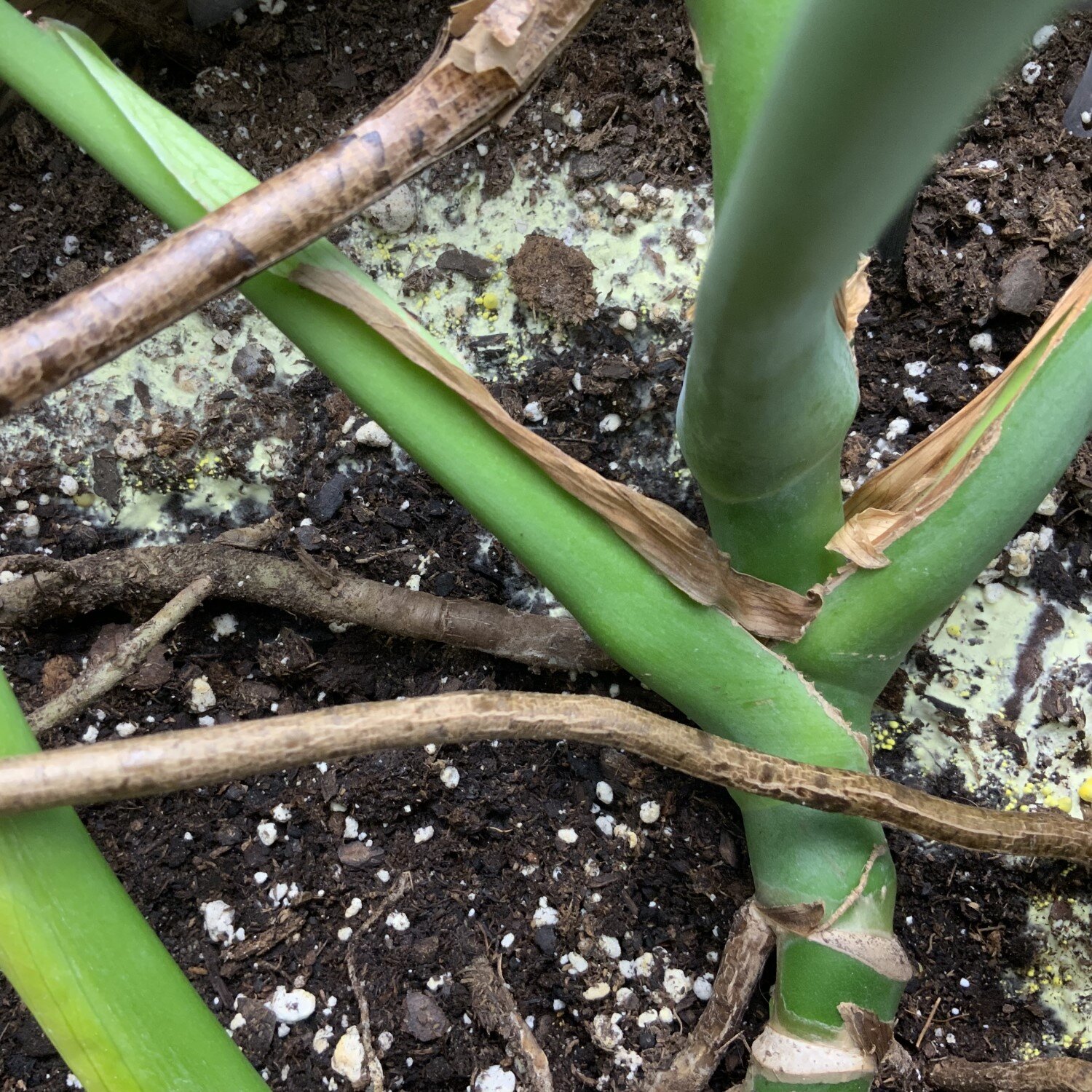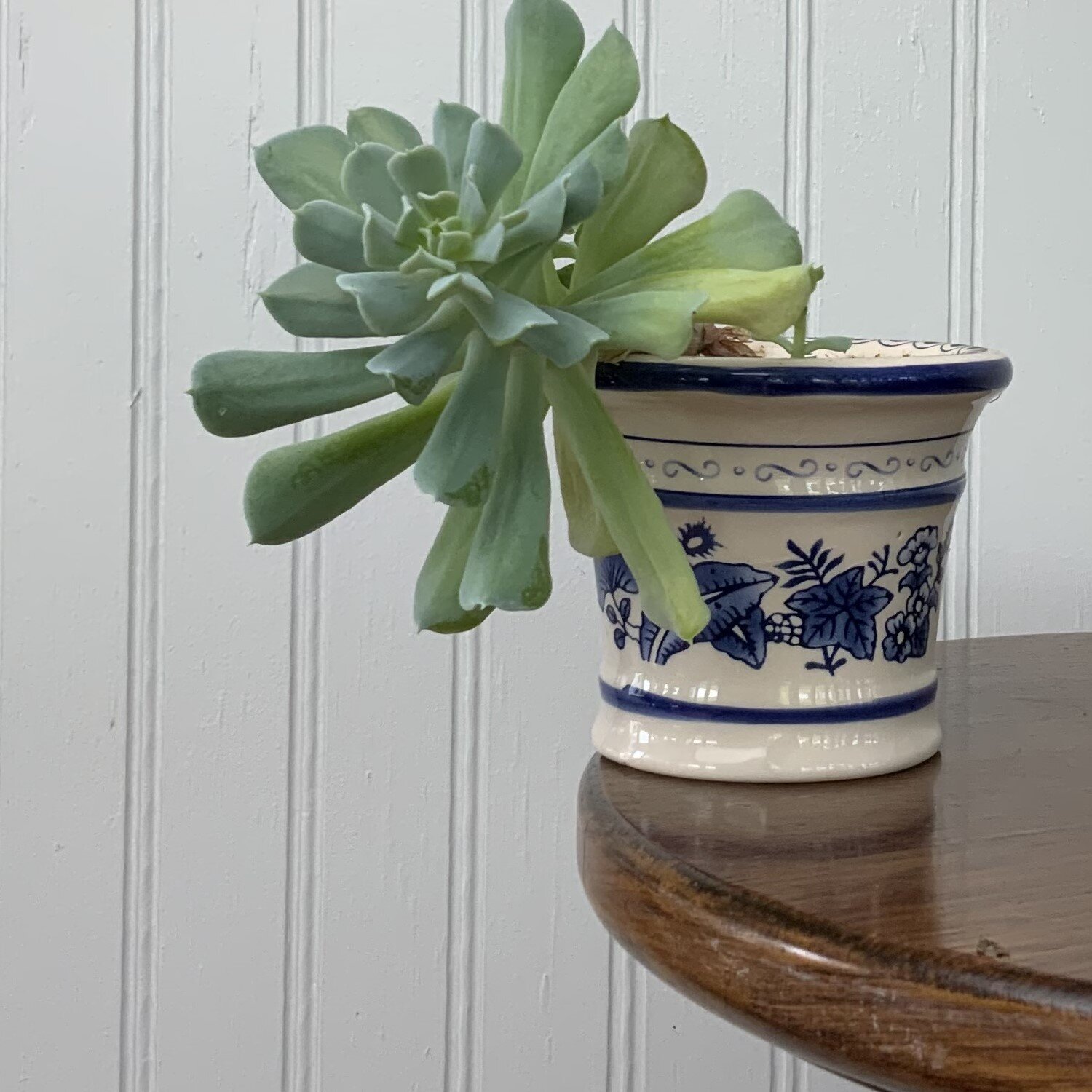When to Repot Plants - 5 Signs It's Time
Potted plants have been around for centuries, dating back to the Egyption civilization. It was an ingenious innovation. Not only do pots allow us to move plants from one growing environment to another (a.k.a. greenhouse to house or patio to living room), they allow us to move plants thousands of miles. Because plants can be grown in pots, exotic species from the deepest parts of rainforests in Southeast Asia can sit on our coffee table for our pleasure! Before plants were “potted up,” plants traveled from place to place in one form, packaged in a conveniently small parcel known as a seed.
Now, container horticulture (the art and practice of plant cultivation in containers) has expanded in unimaginable ways, and containerized plants have been embraced! Caring for potted plants requires attention to all of the growing conditions around the plant including the container size and the potting media. There are a handful of cues signaling that you may need to upgrade pot size or change out potting media. Here’s a rundown of when to repot plants!
5 Signs It's Time to Repot
Yellowing Lower Leaves
Yellowing leaves can be a sign of many problems including nutrient deficiency, root decay, or growing condition issues. However, if you notice that the oldest, lower leaves on your plant are turning yellow, and the plant has been in the same container for a while, it may be a sign that you need to repot. When plants become root bound, the roots compete with each other for available resources like mineral nutrients, moisture, and air space. The oldest leaves begin to yellow because plants tend to sluff off older leaf tissue to support the newest growth.
Stunted or Slowed New Growth
If you start to notice your plant is no longer producing new growth, or if you see malformed leaves at the growth tips, your plant may be starved for growth space. Similar to yellowing leaves, stunted or slowed growth can be a sign that the plant root system needs more room to grow.
Roots Growing from Drainage Holes
Usually, when you notice roots peeking from drainage holes, it’s time to check them out. If you carefully remove the entire root mass and potting media from the plastic grower’s pot so that roots and media remain intact, you will be able to see how many roots are filling the current pot space. If the roots are circling each other and more roots are visible than potting media, it is likely that your plant is root bound and it is time to repot.
Media Fungi or Insects
Sometimes, even if your plant is not ready for an increase in container size, it may be ready for fresh potting media. Because most components of potting mixes are organic materials, they can break down and succumb to various microorganisms and insects that like to feed on decaying matter. These specific types of organisms are called saprophytes. Mushrooms, snowy mold, fungus gnats, and other organisms are examples of saprophytes that can be lessened with a refreshed round of potting media.
Tipsy Plant
While you may not have any of the above reasons to repot, there comes a time when plants need readjustment because they are in a precarious situation. No one wants to come home to a broken plant or container that fell off the table because it was not stable. Make sure that your plants are in containers that are proportionate to their size to avoid accidents. Roots take some time to fill into their new container, and some plants may need extra staking to help stabilize the plant while re-rooting in its new home.
Keep in mind that different plants thrive in different conditions. It may be that your epiphytic orchid prefers tighter rooting conditions than your fiddle-leaf fig. Research your plant before you repot and take all factors into account including leaf color, plant size, root health, and growing conditions. Looking at a handful of plant signals rather than just one ensures that you take the right course of action in repotting. Happy planting!
Another common question we get is “Should I repot my new plant?” Check out our advice in this blog post.
Not sure if it’s time to repot? Reach out to us @wild_interiors on Instagram with a photo and we can help!


